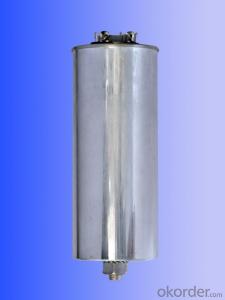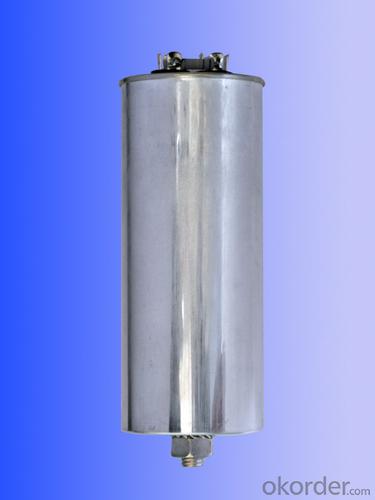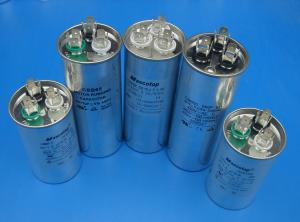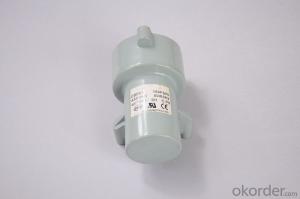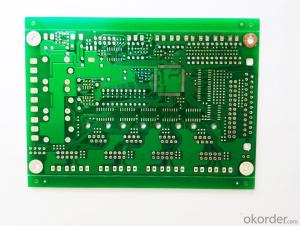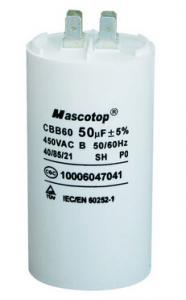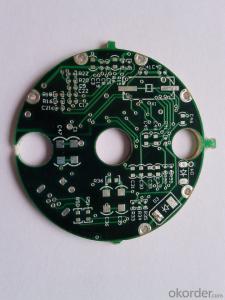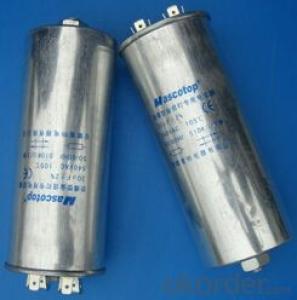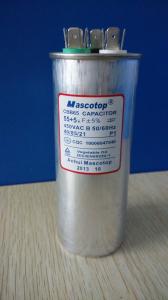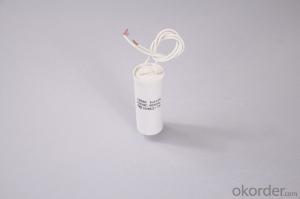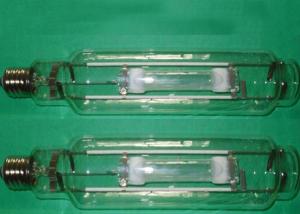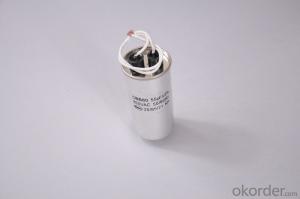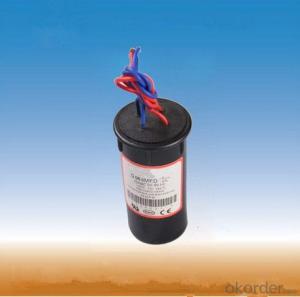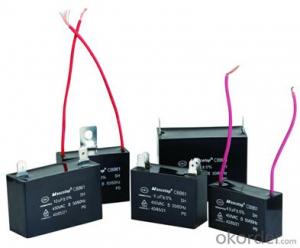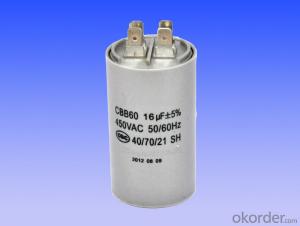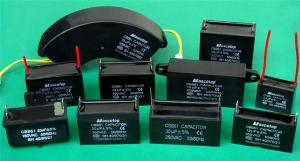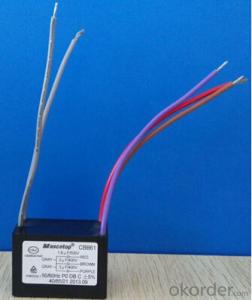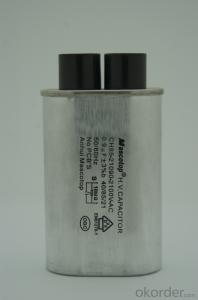metal halide lamp capacitors
- Loading Port:
- China Main Port
- Payment Terms:
- TT OR LC
- Min Order Qty:
- -
- Supply Capability:
- -
OKorder Service Pledge
Quality Product, Order Online Tracking, Timely Delivery
OKorder Financial Service
Credit Rating, Credit Services, Credit Purchasing
You Might Also Like
Case: Round aluminum oil-filled and sealed case.
AC film capacitors for general purpose applications (e.g. AC filters with harmonic frequencies exceeding 60 Hz), as well as for lighting.For the latter, AC capacitors are used in conjunction with asynchronous motors on single-phase mains supplies. They are designed for 50 or 60 Hz systems.
AC film capacitors for general purpose applications (e.g. AC filters with harmonic frequencies exceeding 60 Hz), as well as for lighting.For the latter, AC capacitors are used in conjunction with asynchronous motors on single-phase mains supplies. They are designed for 50 or 60 Hz systems.
Applications:Mainly used for fishing lamp and metal halide lamp.
****Specifications**** | ||
Standard temperature | -25℃ ~ +85℃ | |
Voltages Ratings | 250V - 500V AC | |
Capacitance Range | 1-120 uF | |
Applicable Standard | IEC60252-1:2011,GB/T3667.1-2005.UL810、EN60252-1:2011 | |
- Q: What are the differences between capacitors and capacitors?
- There is a capacitor is a unit of the capacitor is a substantial object ah
- Q: Cd capacitance to express what
- Generally speaking, no sense of capacitance mainly refers to the IGBT protection with the surge absorption capacitor, it is no sense of the structure. If used to prevent the power grid surge, of course, but it is too wasteful.
- Q: Capacitance can pass high frequency resistance low frequency principle
- In a cycle of alternating current, due to the positive and negative charge of the capacitor, the direction of the current flowing through the circuit is changed, but because of the repeated charge and discharge of the capacitor, the circuit will always have a current through, Can make the AC through, which is the capacitance of the communication characteristics.
- Q: Does the size of the capacitor affect the power consumption?
- Therefore, users not only need to understand the performance of various types of capacitors and general characteristics, but also must understand the advantages and disadvantages of various components under given use, mechanical or environmental constraints, etc. This article describes the main parameters of the capacitor and application , For readers to choose the type of capacitor used.
- Q: What is the principle of capacitance isolation?
- When the capacitor is connected to the AC circuit, there is also a charging process in which the charge is stopped when the capacitor voltage is equal to the supply voltage, and then the power supply voltage drops and the capacitor begins to discharge.
- Q: What is the difference between the power capacitor and the complement?
- In fact, in the case of three-phase imbalance, but also a total complement and sub-all have, the three-phase power factor, respectively, 0.53,0.67,0.71, then, in the 0.71 above this part, The reactive power required by the other parts of the two phases is compensated by tipping.
- Q: How to judge the capacitor is good or bad?
- Due to the amplification of the composite transistor, the measured capacitance of the charge and discharge process to be amplified, so that the multimeter pointer increase the amplitude, so easy to observe. It should be noted that: in the test operation, especially in the measurement of small capacity capacitance, it is necessary to repeatedly change the measured capacitance of the pin contact A, B two points, in order to clearly see the multimeter pointer swing.
- Q: Why some Y capacitor is very small, and some Y capacitor is very large?
- In line between the line of fire and zero line suppression capacitor, commonly known as X capacitance. As the location of the capacitor connection is also more critical, the same need to meet the relevant safety standards. X capacitance is also one of the safety capacitors. According to the actual needs, the capacitance value of the X capacitor is larger than the capacitance of the Y capacitor. However, it is necessary to connect a safety resistor in parallel with the X capacitor to prevent the charging and discharging of the power supply line.
- Q: What is the difference between polyester film capacitors and ceramic capacitors?
- Different components of the ceramic, its dielectric constant and temperature coefficient is different, the temperature coefficient range is wide, easy to make different temperature coefficient of the capacitor, used as a temperature compensation capacitor.
- Q: What is the capacitor, what is the use, where is there?
- Capacitor is the storage of the charge of the container, usually by two pieces of metal foil (or metal film) in the interval between the air, paper, mica, plastic film and other insulating materials. Commonly used to improve the power factor, start single-phase asynchronous motor,
Send your message to us
metal halide lamp capacitors
- Loading Port:
- China Main Port
- Payment Terms:
- TT OR LC
- Min Order Qty:
- -
- Supply Capability:
- -
OKorder Service Pledge
Quality Product, Order Online Tracking, Timely Delivery
OKorder Financial Service
Credit Rating, Credit Services, Credit Purchasing
Similar products
Hot products
Hot Searches
Related keywords
